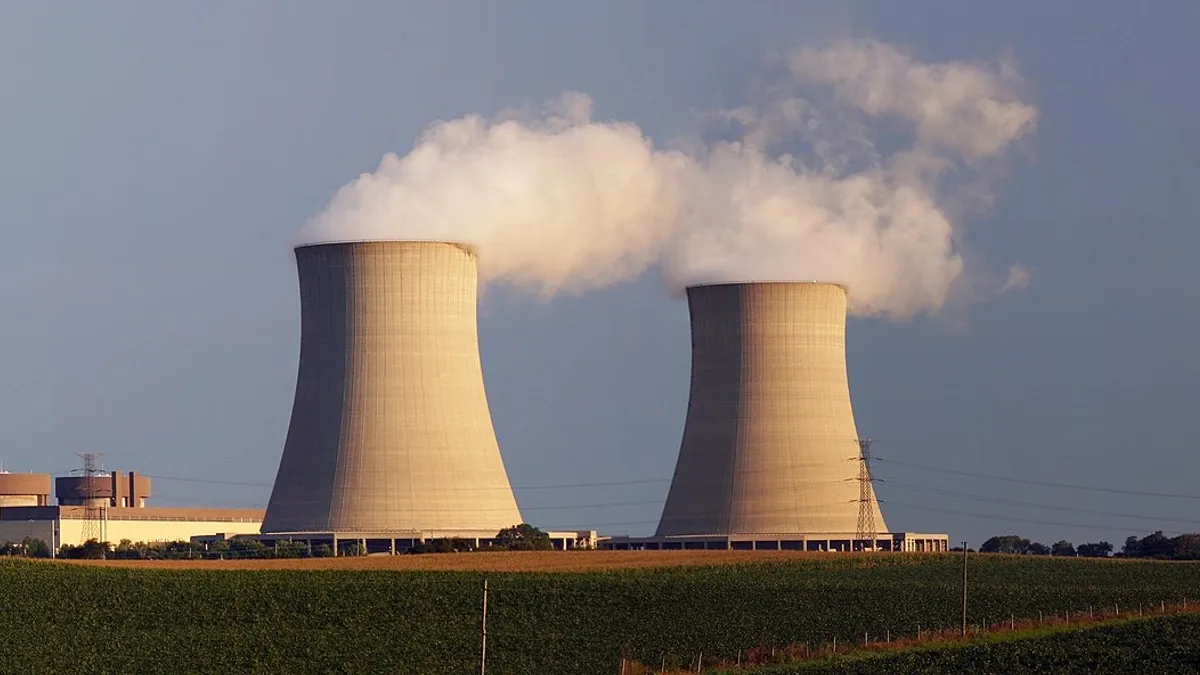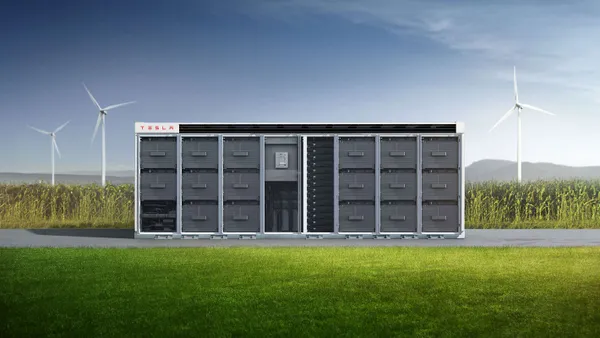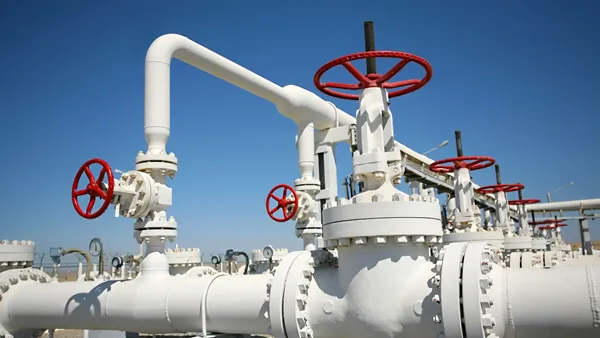Dive Brief:
- Lower natural gas prices and regional environmental initiatives are leading natural gas-fired generators to provide a greater portion of the electricity in the Northeast, according to the Energy Information Administration (EIA). The geographic area is a combination of two regional transmission organizations: the Independent System Operator of New England (ISO-NE) and the New York Independent System Operator (NY-ISO).
- Both of these systems have seen a dramatic shift since 2001 away from petroleum- and coal-fired generation to predominantly gas-fired output in 2012 and 2013.

Dive Insight:
The increased use of gas for electricity generation has raised concerns about fuel diversity, as the Northeast is also reliant on gas for part of its heating needs and has limited pipeline capacity to bring gas to market. The winter of 2012-13 saw spikes in wholesale electricity prices in New England and New York as demand for gas from both electric generators and natural gas distribution companies taxed the capacity to bring natural gas into these markets.
In the coming years, there are plans to retire the two largest coal-fired power plants in the region, as well as one of the region's nuclear units. The seasonally-constrained natural gas pipeline network has prompted ISO-NE to issue a special winter reliability plan to procure fuel oil in the event of deliverability problems for the natural gas-fired units. ISO-NE also wants to encourage demand-side management programs and enhance market monitoring.















